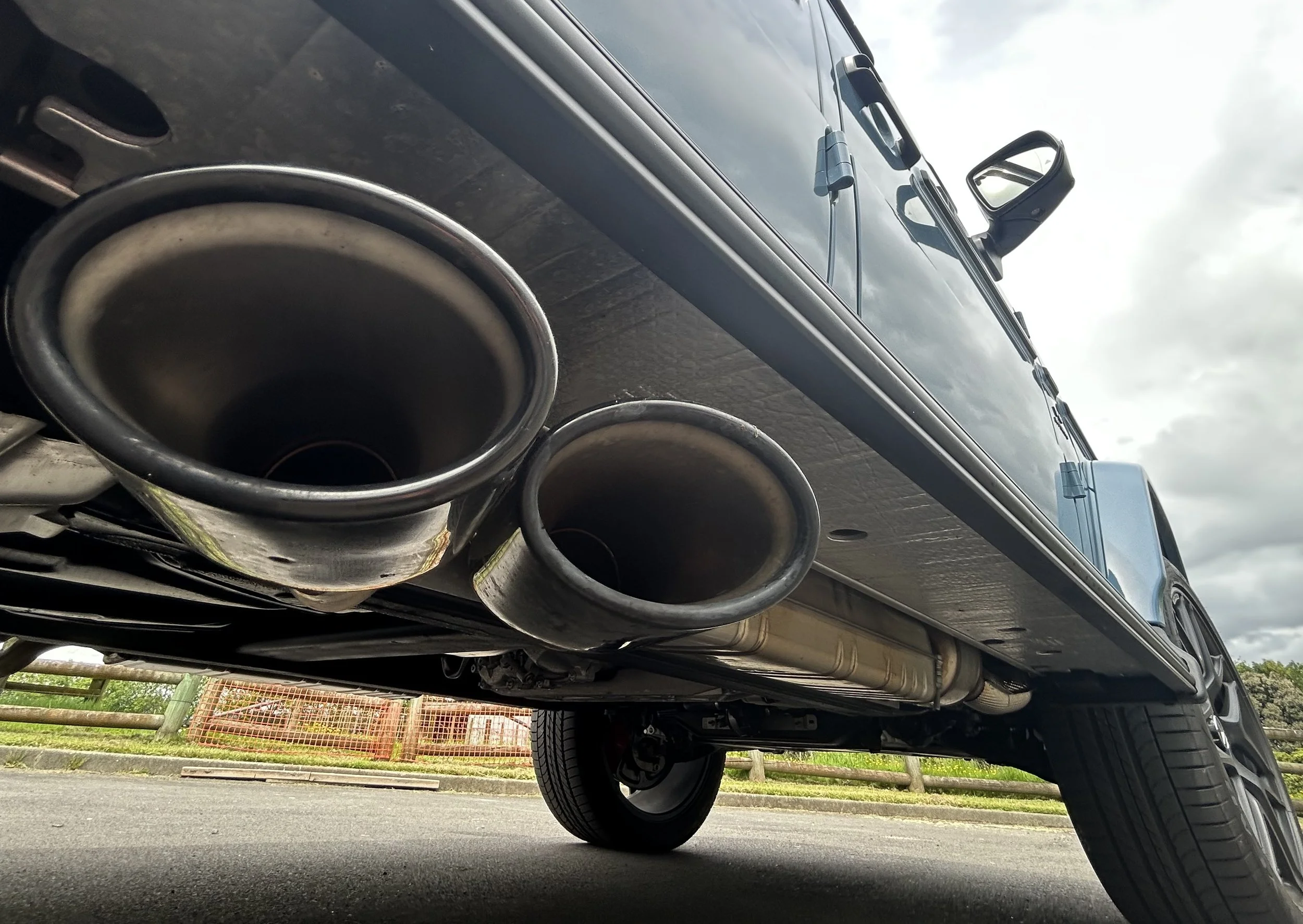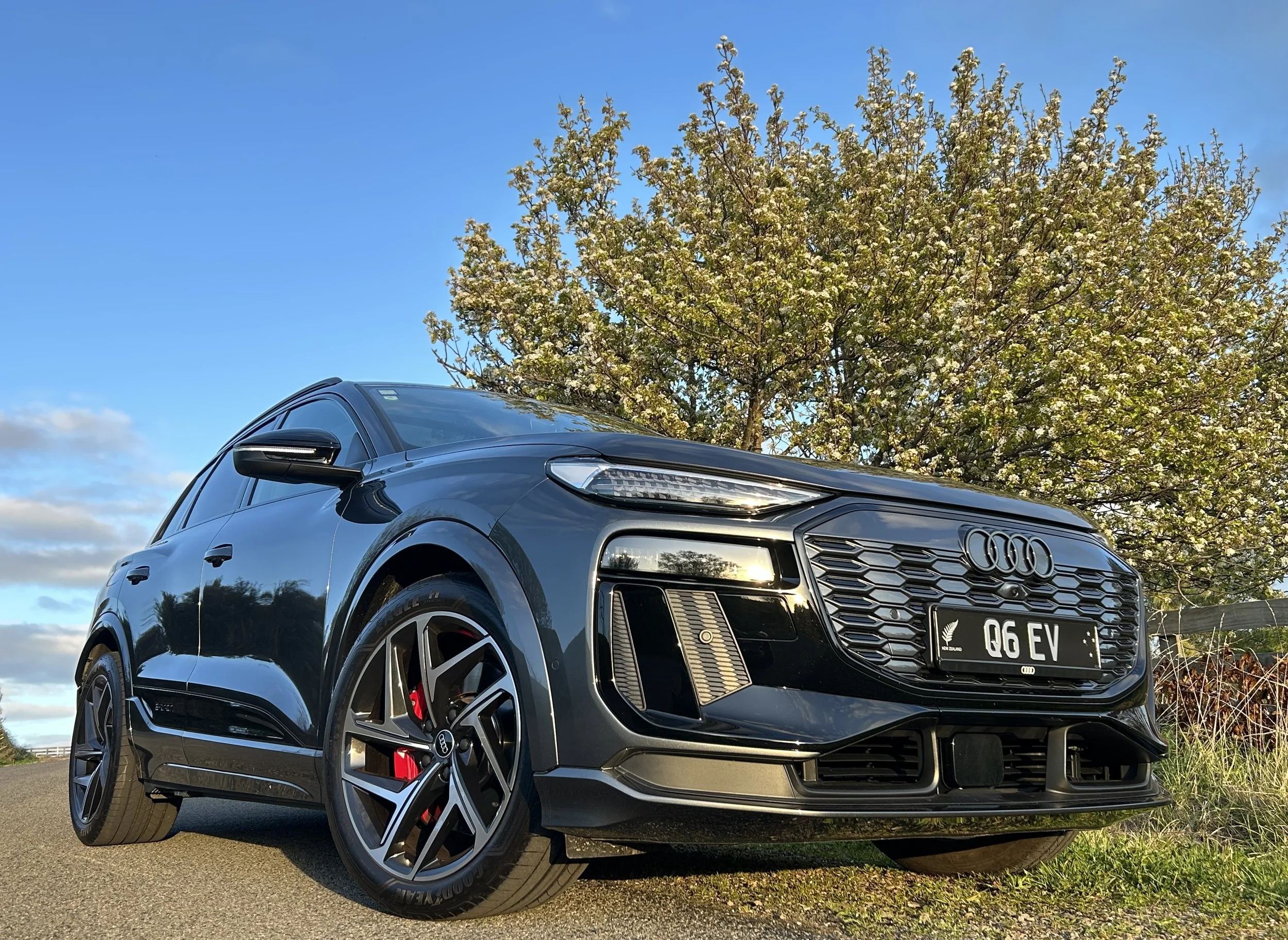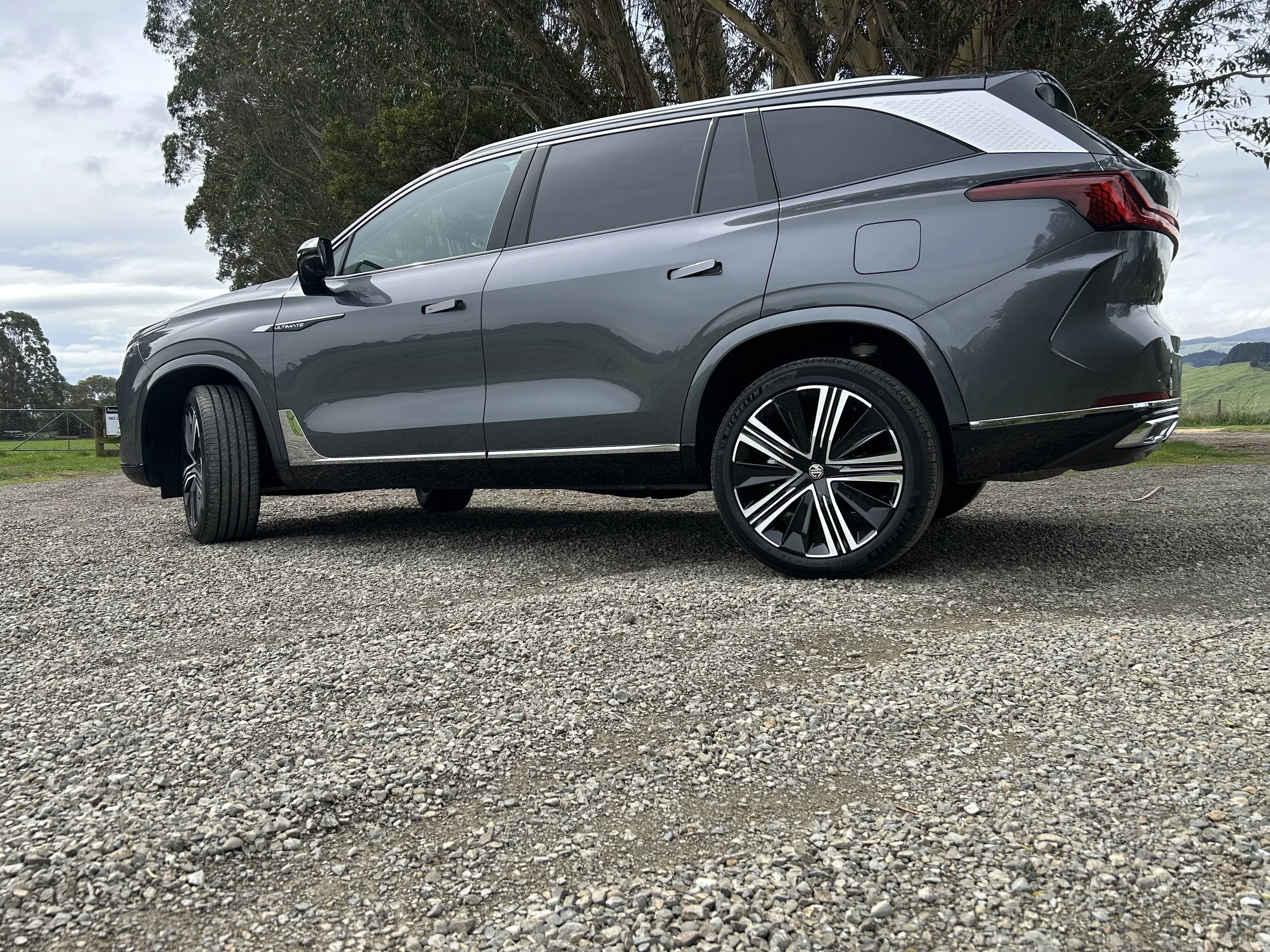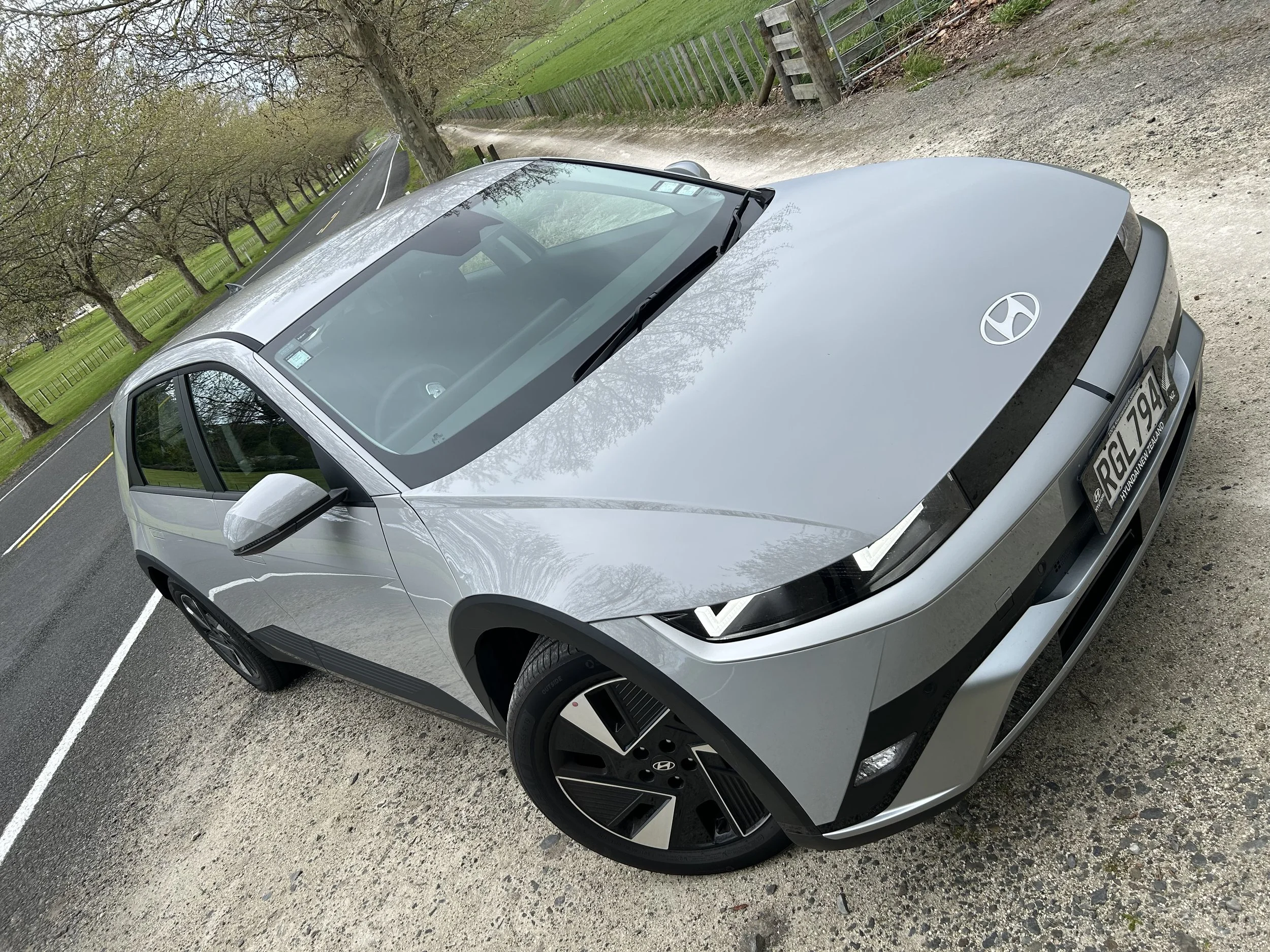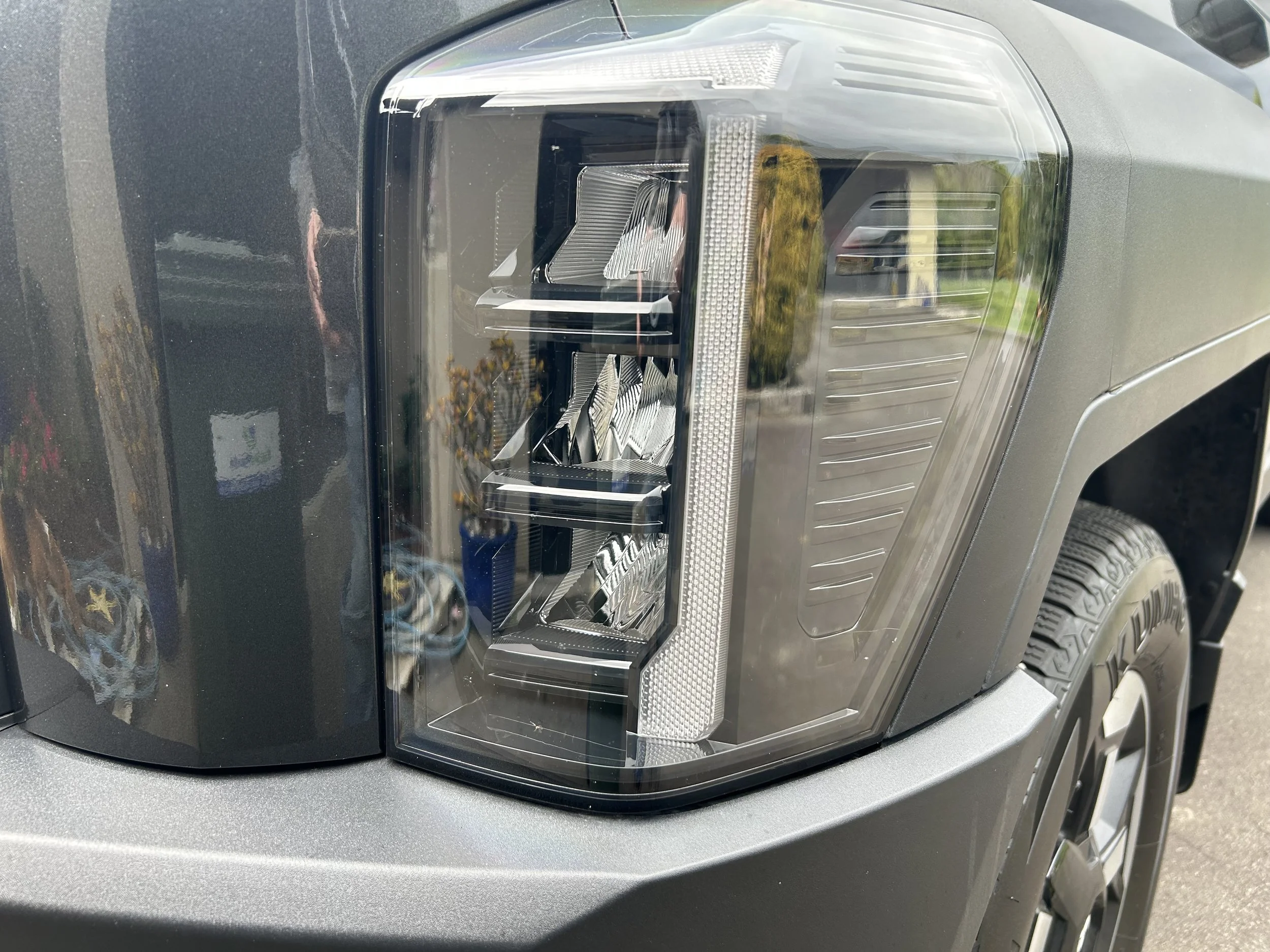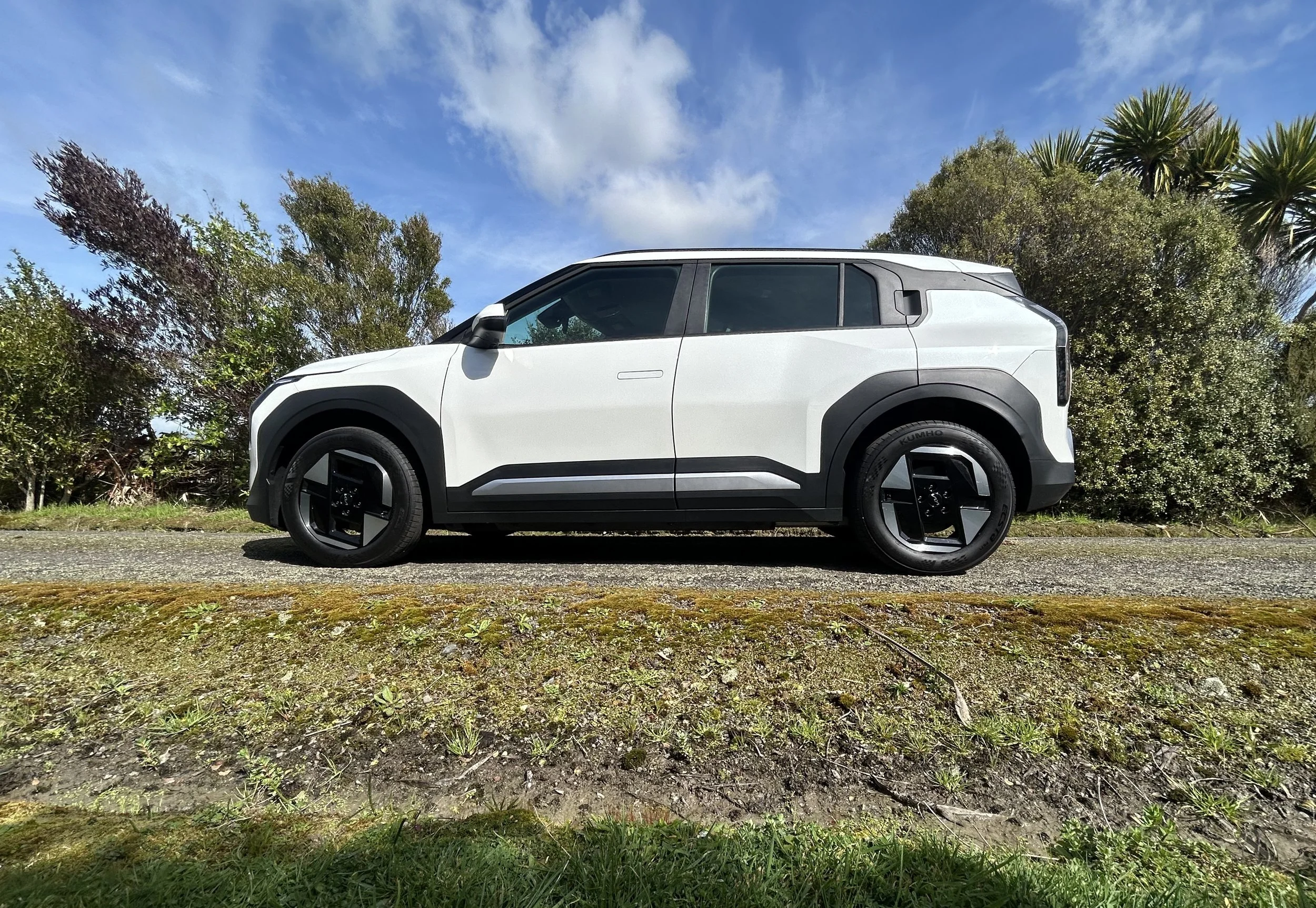Mild hybrid Cannon safe, bigger diesel pending
/GWM here says it will keep an eye on market preferences for battery-fed drivetrains.
AN electric-assisted edition of GWM’s largest ute that arrived last year is under no immediate threat from a far more advanced new type announced yesterday, but consumer whims will be kept in mind.
However, changes to the Cannon Alpha ute’s diesel selection seem in the wind, with China saying it has another compression ignition engine coming.
News reports say the new mill, a 3.0-litre turbodiesel, will be in circulation in 2027.
Presently the truck runs with 2.0-litre and 2.4-litre diesels; it’s not clear if the larger capacity engine - also a turbocharged four-cylinder - will supplement or replace those.
As it stands, the Cannon family is extra-sized in presenting across two body sizes, the Cannon and larger Cannon Alpha, and now with three powertrains.
The Cannon and a Cannon Alpha run a 134kW/480Nm 2.4-litre turbodiesel. The Alphas also presents with a 2.0-litre making 255kW/648Nm.
The Alpha has since mid-2024 committed to a petrol self-replenishing mild hybrid (HEV), purely in top-end Ultra format, that makes 255kW/648Nm.
When full recommended retails are considered, that type is destined to site just $1000 below the cheapest of two Alpha PHEVs announced yesterday, a less extravagant Lux.
However, that’s conceivably not going to be the case until July 1.
While they are ultimately set to cost $69,990 and $76,990 respectively, right now the PHEV Lux and Ultra are subject to a promotion that avails them for $67,990 and $74,990 and supplies a free wallbox.
Meantime, GWM has also reduced the HEV’s sticker price by $6000, but advises it is only a temporary measure, also ending at the same time as the PHEV inducement does.
What happens then? The brand says it will keep the HEV in contention, but plans to keep an eye on market demands and consumer whims.
At full spending, the PHEV would seem a more compelling sell.
It has more grunt - in running a 180kW/380Nm 2.0-litre turbocharged four-cylinder petrol engine and 120kW/400Nm electric motor, the overall outputs are 300kW and 750Nm - and has the same 3500kg towing rate.
Additionally, the PHEV is slightly thriftier than than the HEV, emits few emissions and also plays an ace card of full electric performance in every day driving.
GWM claims it is able to achieve 115 kilometres on electric alone.
That achievement, along with data for fuel economy and emissions, is based on the NEDC scale that it considered by New Zealand agencies to be inaccurate. They prefer distributors to use the WLTP scale but that cannot be enforced yet.
Chinese makes in particular seem to prefer to offer NEDC findings because they are more flattering than WLTP outcomes.
Meantime, the parent has relayed that the 3.0-litre turbodiesel will have stronger outputs than the 2.4, though whether it can get close to the Ford Ranger V6’s category-best 184kW is not being commented on.









